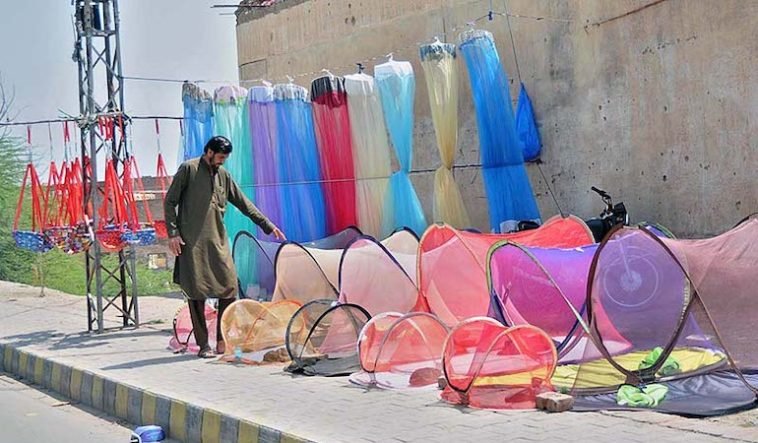On Saturday, the Pakistan Bureau of Statistics (PBS) released a new inflation reading, increasing the likelihood of an interest rate hike at the April 4 MPC meeting.
However, March inflation fell to 3.7% from February.
Over months, the price of practically every food item has skyrocketed, plunging the populace, whose purchasing power has plummeted, into agony.
In March, urban core inflation rose 18.6% and rural core inflation 23.1%.
Experts predict Pakistan will soon experience hyperinflation, when prices rise 50%.
PBS reported 38.9% rural inflation and 33% urban inflation.
Due to supply chain disruptions and lax controls, food inflation skyrocketed.
PBS statistics indicated food inflation surged sharply to 50.2% in rural areas and 47.1% in cities last month.
The federal and provincial administrations cannot even guarantee food supplies.
Prices are rising as the economy slows and poverty and unemployment rise.
Most consumer products were unaffordable, and rural areas with low incomes saw a huge increase.
March food costs rose 47.15% from a year earlier.

Since June, when the coalition government cut imports, the inflation rate has hovered above 20% due to the container backlog, the weaker rupee, and the Ishaq Dar-led Ministry of Finance’s severe measures to attract the International Monetary Fund (IMF).
In March, the Wholesale Price Index (WPI) jumped substantially to 37.5% from 23.8% a year earlier.
The PBS stated that urban and rural inflation rose. Urban inflation rose 33% and rural inflation 38.9% in March compared to last year. Last March, urban inflation was 11.9% and rural inflation 13.9%.
Compared to 10.4% and 12.5% in the same month last year, urban and rural non-food inflation rates were 24.1% and 28.5%, respectively.
Non-perishable food costs rose 46.44% annually, while perishable food prices rose 51.81%.


